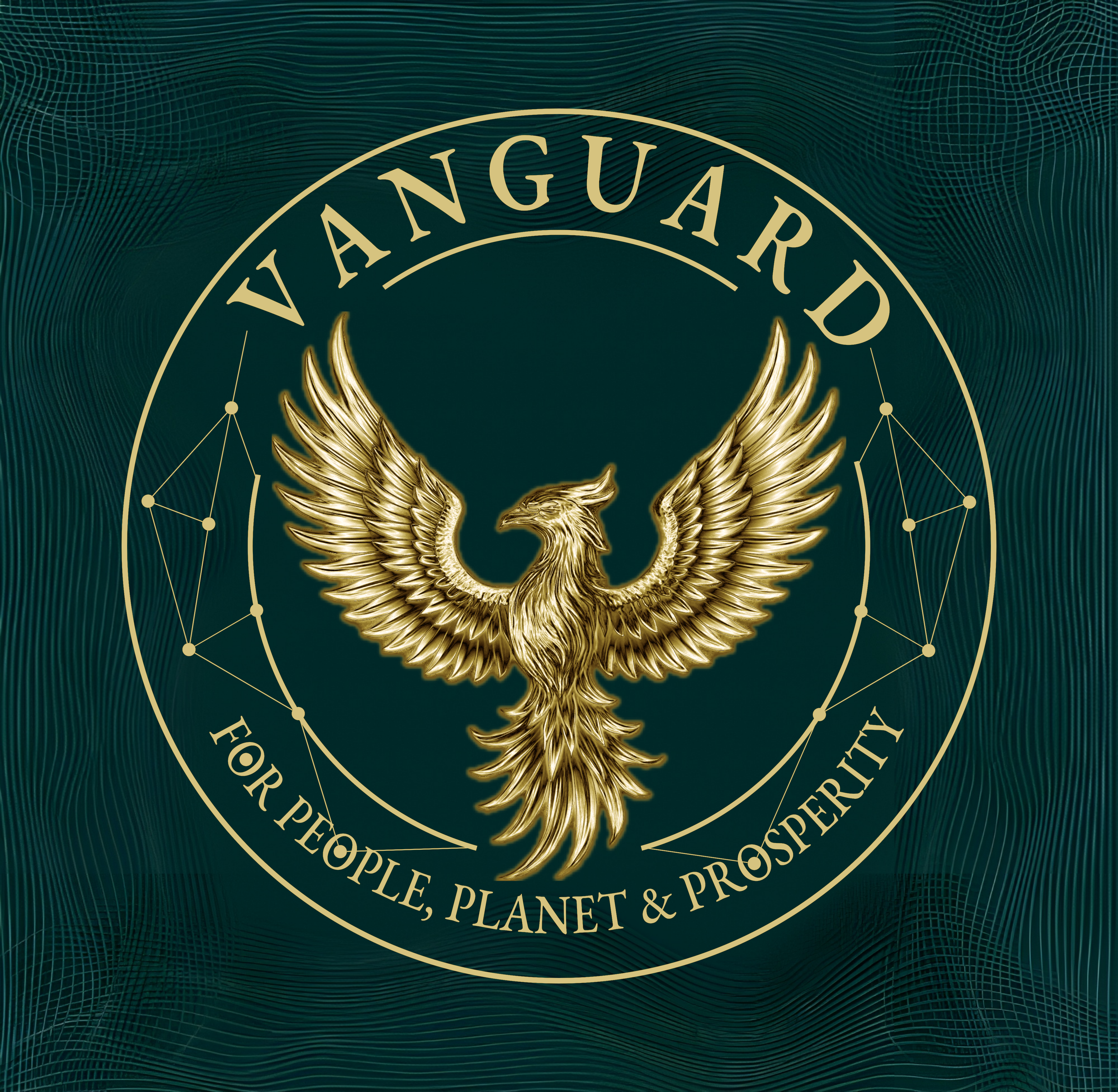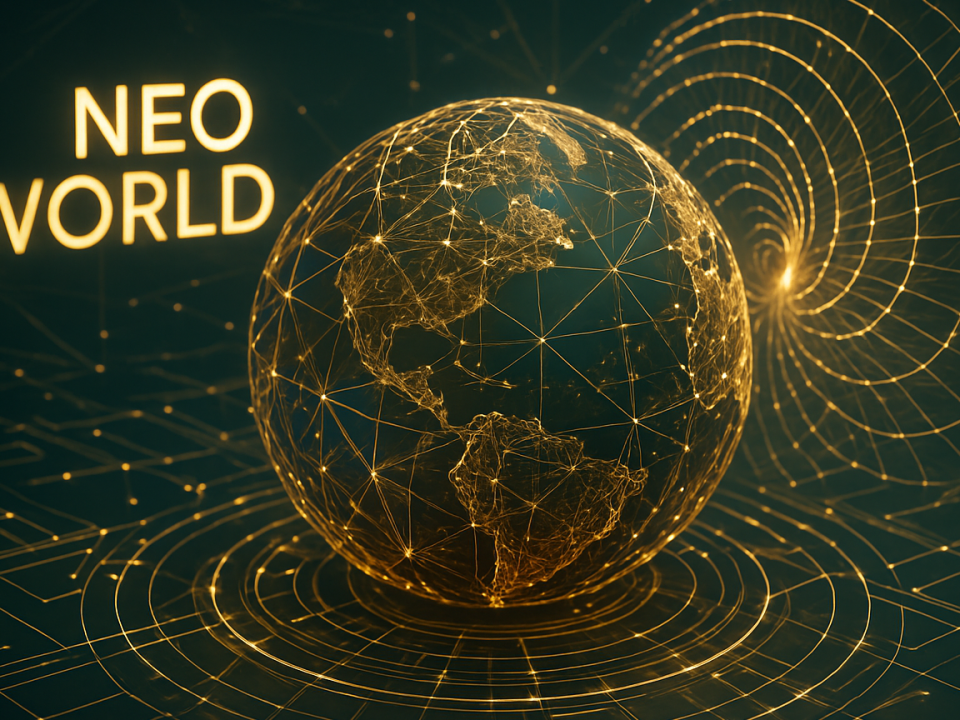
Intro to COTRUGLI Tribe Article 1.
10/07/2025Never stop learning
07/08/2025
Five centuries ago, Benedetto Cotrugli wrote The Art of Trade—a Renaissance masterwork that redefined commerce as a virtuous, civilizing force. Trade was not merely barter; it was the craft of linking societies through rules, ethics, and innovation.
Today, as trade has evolved from craft to art, that same spirit resurfaces not in the marketplaces of Brussels or Dubrovnik, but in Beijing and Guangzhou—encoded in blockchain ledgers and digital currency systems.
China’s Historic Role and Modern Momentum
Throughout most of recorded business history, as captured in the COTRUGLI Business Museum, China was the world’s leading economic force. While we won’t delve into the Opium Wars or why Potosi mountain matters here, we will focus on where China stands now, where it’s heading, and why this should be essential reading for EU officials and businesses.
In a VUCAos world, China isn’t adapting—it’s writing the next playbook. With blockchain as its chisel and the digital yuan as its ink, China is redrawing the architecture of global commerce. For EU businesses and officials, understanding this strategy is no longer optional—it’s vital.
China’s Strategic Vision for Blockchain
In 2019, Xi Jinping stood before a room of officials and declared blockchain a national priority—a call to arms for China to “seize the opportunities” of a technology the West still mostly associates with crypto hype. Six years later, in 2025, China isn’t just seizing opportunities; it’s building the digital scaffolding for the future.
Where the West sees blockchain as speculative, China sees it as infrastructure. Their strategy includes:
- Supply chain authentication
- Digital governance
- International standards deployment
The Blockchain-Based Service Network (BSN)
Imagine the early days of the internet—disjointed, costly, fragmented. Then came standard protocols. That’s what China is doing for blockchain through its Blockchain-based Service Network (BSN), launched in 2020 and partially state-backed.
By 2025, BSN operates in over 20 countries—from Malaysia to South Africa. It provides a standardized, low-cost infrastructure for developers to build applications like supply chain tools, smart contracts, and digital IDs. Developers can plug into BSN without wrestling with incompatibility or high costs.
But BSN is not a neutral platform. Like the Silk Road of old, it carries not just goods—but geopolitical influence. Every smart contract written on BSN rails is a step toward a world shaped by Chinese tech and governance.
From e-Money to e-Geopolitics
The rise of the digital yuan (e-CNY) may be even more transformative. While the West dabbled in crypto speculation, China built a central bank digital currency with industrial-scale reach. As of 2025:
- 261 million users
- Over $7.3 trillion in transactions
This is not hypothetical. These are metro rides in Guangzhou, trade deals in Kenya, tourist purchases in Thailand. The digital yuan isn’t limited to urban convenience—it’s a geopolitical tool.
Its key traits include:
- Programmability: Enabling targeted subsidies, taxation, and anti-corruption mechanisms
- Borderless Use: Compatible with Belt and Road partners, no need for SWIFT or USD
- Offline Readiness: Works without internet, critical in rural and developing regions
Each transaction shifts the center of gravity in global finance away from the dollar and toward a world where the yuan sets the rules.
Blockchain as Infrastructure, Not Speculation
Forget the crypto casino. China’s blockchain focus isn’t sexy—it’s strategic.
Its strategy revolves around:
- Supply Chain Authentication: Tracking products from factory to shelf
- Digital Governance: Unified IDs linked to services, law enforcement, and commerce
- International Integration: Deploying Chinese blockchain standards in emerging markets
This is blockchain as backbone—not gimmick. And China’s betting it’ll be the infrastructure of the next global economy.
Implications for the European Union
China’s strategy isn’t speculative. It’s live. Meanwhile, the EU debates prototypes while China scales real-world applications.
This raises urgent questions:
- What happens when the euro competes not just with the dollar but with a programmable currency embedded in digital trade infrastructure?
- What happens when the EU becomes a user rather than a designer of trade standards?
Is there a chance for the euro to compete?
Yes. So long as Europe acts.
HashNET’s Blueprint for a European Response
HashNET has spent the past eight years developing a practical roadmap for EU response. Its proposals include:
- Pan-EU Blockchain Framework: Fully interoperable with BSN
- Euro-Pegged Stablecoin Infrastructure: For public and private use
- Digital Diplomacy: Engaging emerging markets with strong alternatives
- Strategic Education: Teaching business leaders the implications—not just the mechanics—of blockchain
A Cotruglian Reminder: Trade Is Ethics, Not Just Code
In Cotrugli’s time, not understanding the rules of trade led to ruin. Today, the rules are changing again, and China holds the pen.
China’s blockchain strategy is about shaping the world to run on its systems—financially, legally, and technically. The BSN lays down the rails, and the digital yuan runs on them.
For the EU, the choice is clear: shape this future or get sidelined.
The Final Question: Will Europe Act or React?
China isn’t catching up—it’s designing the game. The transformation is already underway. The only question that remains is whether Europe will co-author the future or be edited out of it.
This isn’t about crypto hype. It’s about commerce, influence, and sovereignty.
All it takes is one decision-maker to understand. Fighting windmills? Maybe. But some battles are worth fighting—especially when the stakes are this high.




